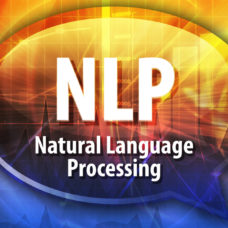Researchers from Loughborough University have developed an artificial intelligence system that can predict air pollution levels.
As unlikely as it may sound, air pollution kills.
According to a report, outdoor air pollution is responsible for one in every 25 deaths in the United States. That’s right; unhealthy air kills more Americans than all gun shootings and transportation accidents combined.
Expectedly, there are tons of technology-based approaches to preventing air pollution air. These include adequate ventilation and housing design; and access to clean household energy sources.
Now a team of computer scientists has taken it a step further.
The scientists developed an AI system that can predict air pollution levels hours in advance. To be specific, it can predict PM2.5 — a particulate matter that’s less than 2.5 microns in diameter.
Here’s how the AI system works.
Developing an Artificial Intelligence System to Predict Air Pollution Levels
As said earlier, the AI system tests predict PM2.5. While this is not the first system to predict particulate matter, the researchers’ technology takes it to the next level.
For one, it can predict PM2.5 levels in advance — from one hour to several hours ahead.
Also, the AI system can interpret the various factors and data used for prediction. This could lead to a better understanding of the environmental factors that can impact PM2.5.
Instead of predicting just one figure, the Loughborough University team’s system provides what’s known as an uncertainty analysis. It’s a range of values that the air pollution reading could fall into.
Finally, the AI system can serve an air pollution analysis tool in a carbon credit trading system.
Lead researcher of the project, Professor Qinggang Meng said:
“We also explore the feasibility of linking the real-time information on carbon emission to end-to-end carbon credit trading, thus dedicating to carbon control and greenhouse gas emission reduction.”
Currently, the researchers are working to integrate the PM2.5 prediction model into an online platform. That way, participants of a carbon trading scheme can have easy access to it.
The technology could lead to cleaner air for the community, and ultimately improve people’s overall health in the future.
The AI system is part of a broader research project funded by the Newton Fund and its four partners — the Satoshi Systems Ltd, Loughborough University, Shenzhen Institutes of Advanced Technology, and EEG Smart Intelligent Technology in China.



















I was constantly tired and short of breath due to my Emphysema, I was introduced to VineHealth Center and their COPD Herbal Protocol. I started on the COPD Treatment last year, my symptoms gradually diminished including my shortness of breath… Reach the m at vinehealthcenter. c om